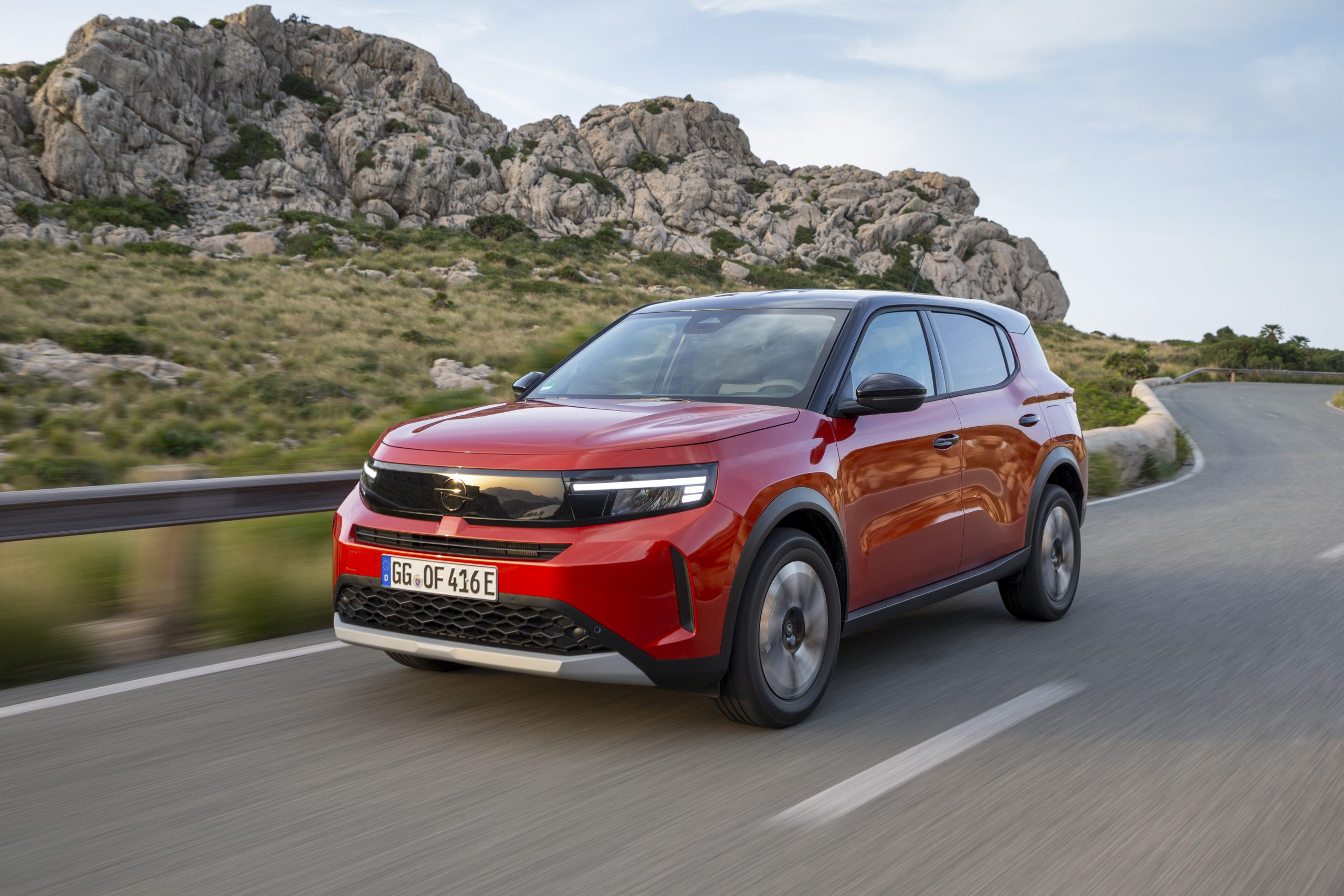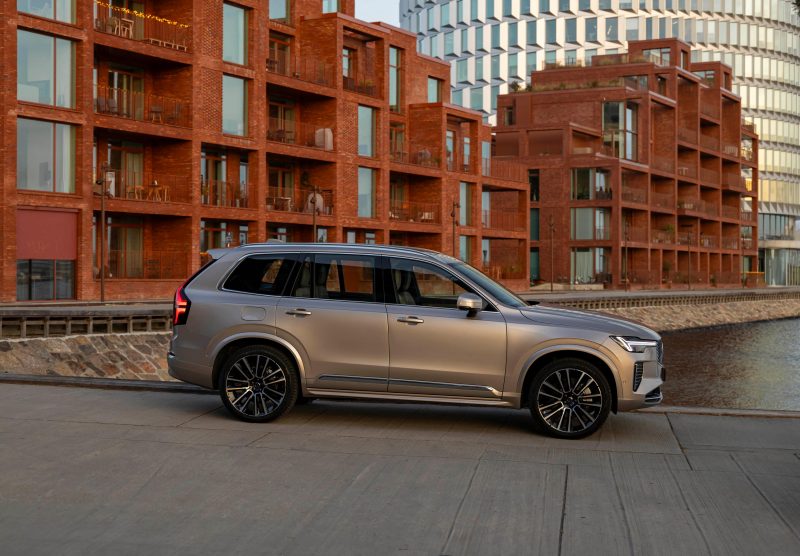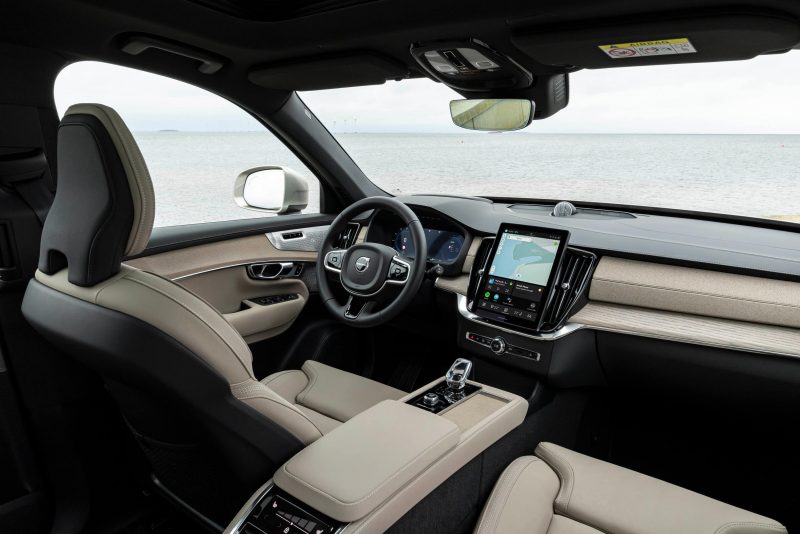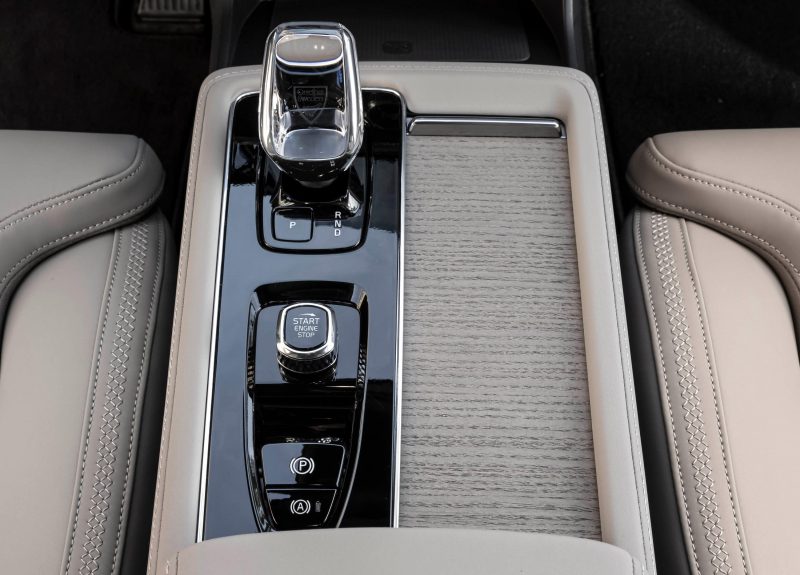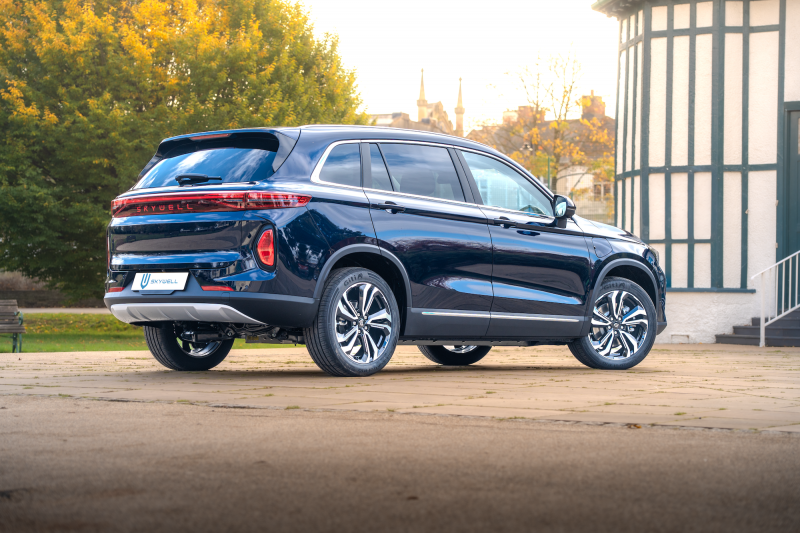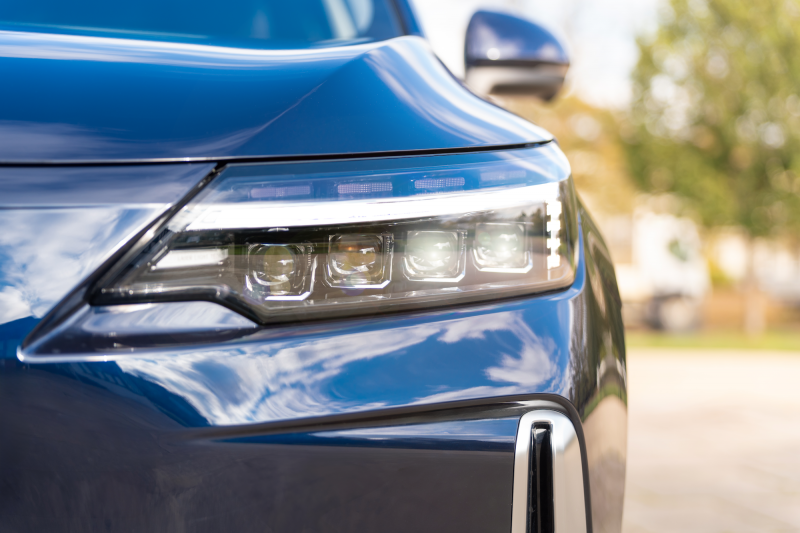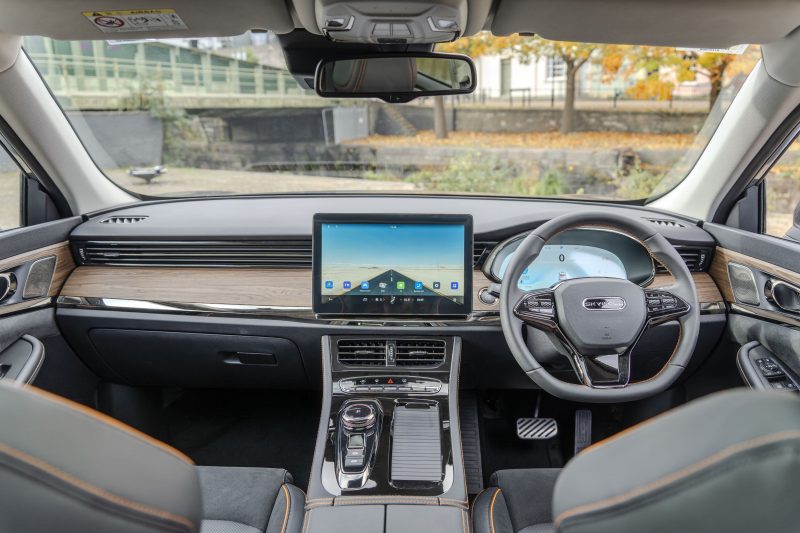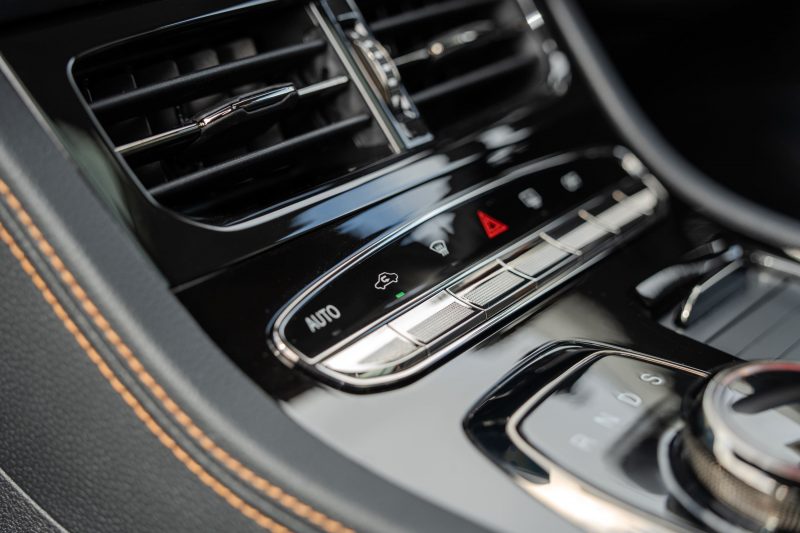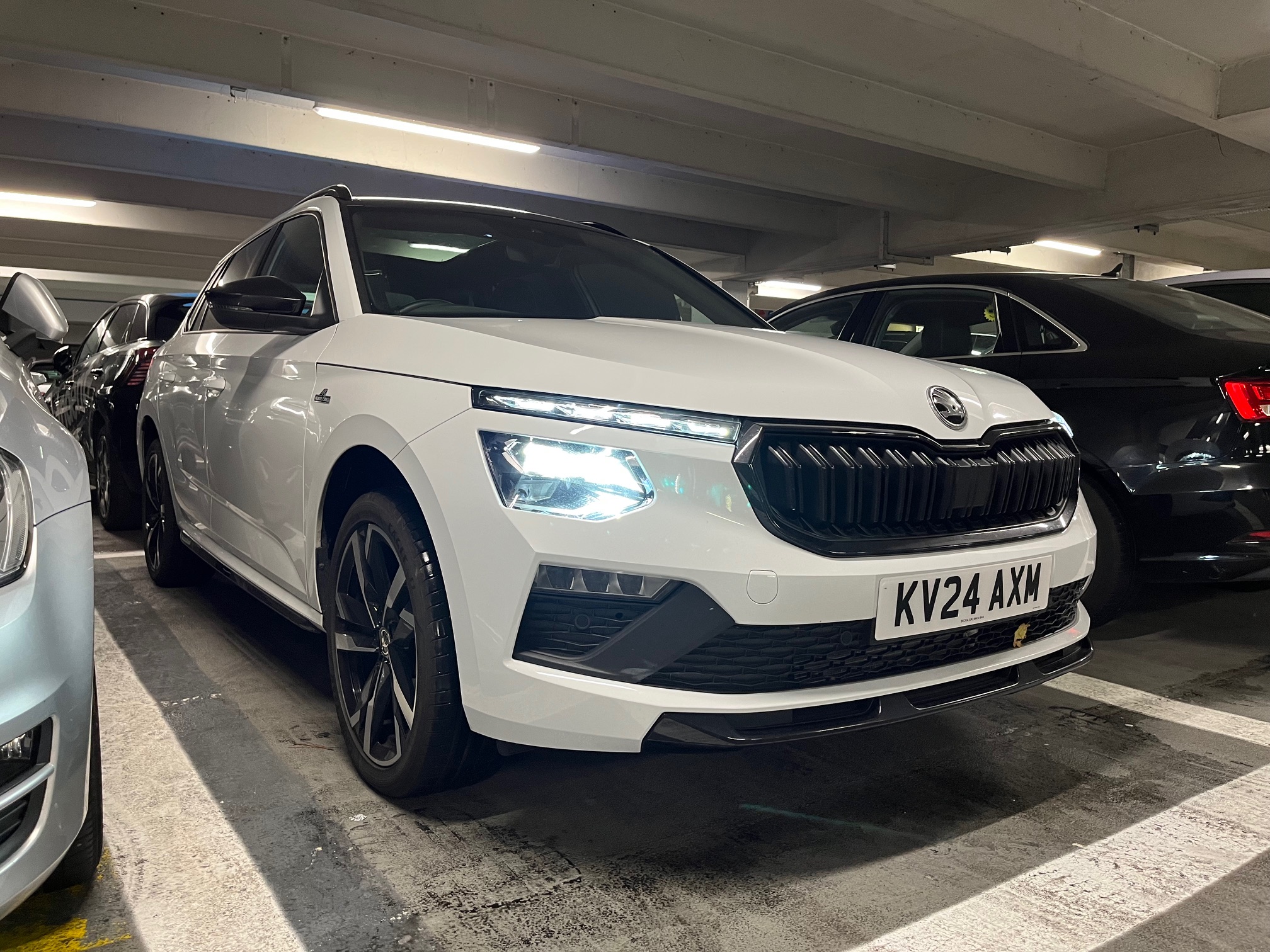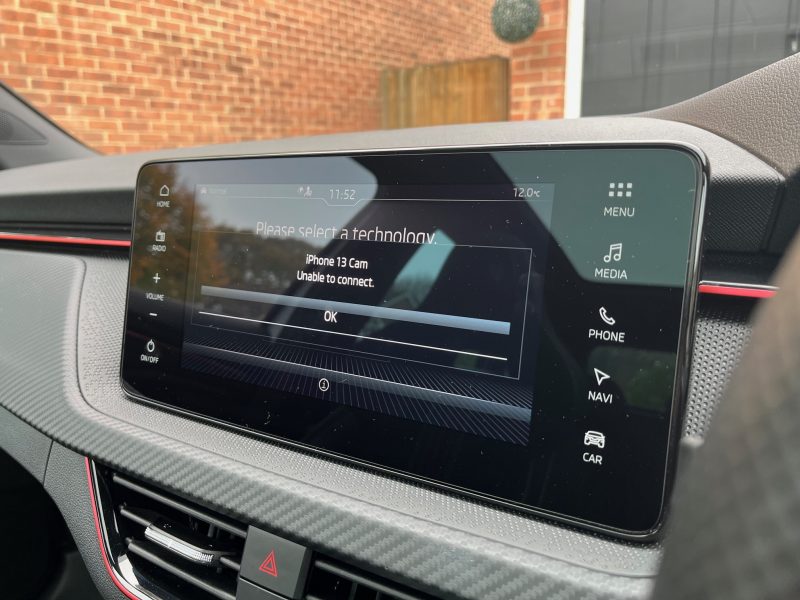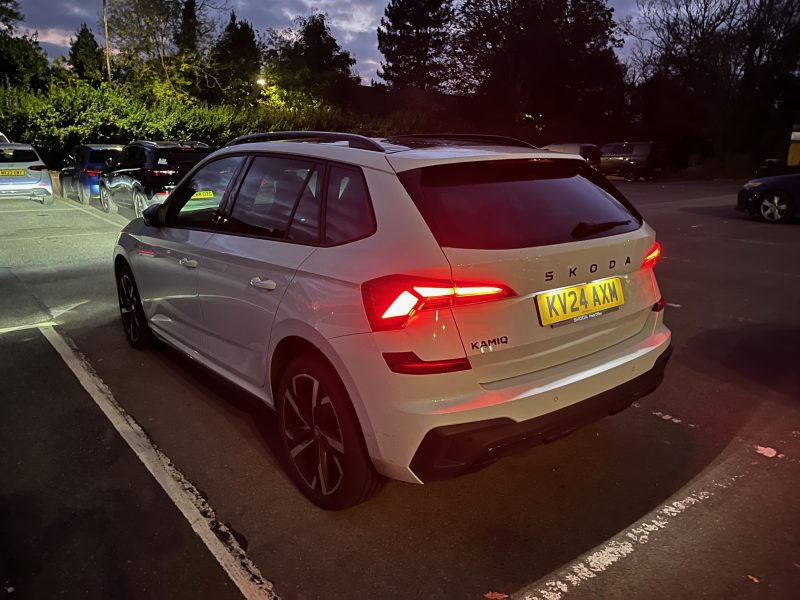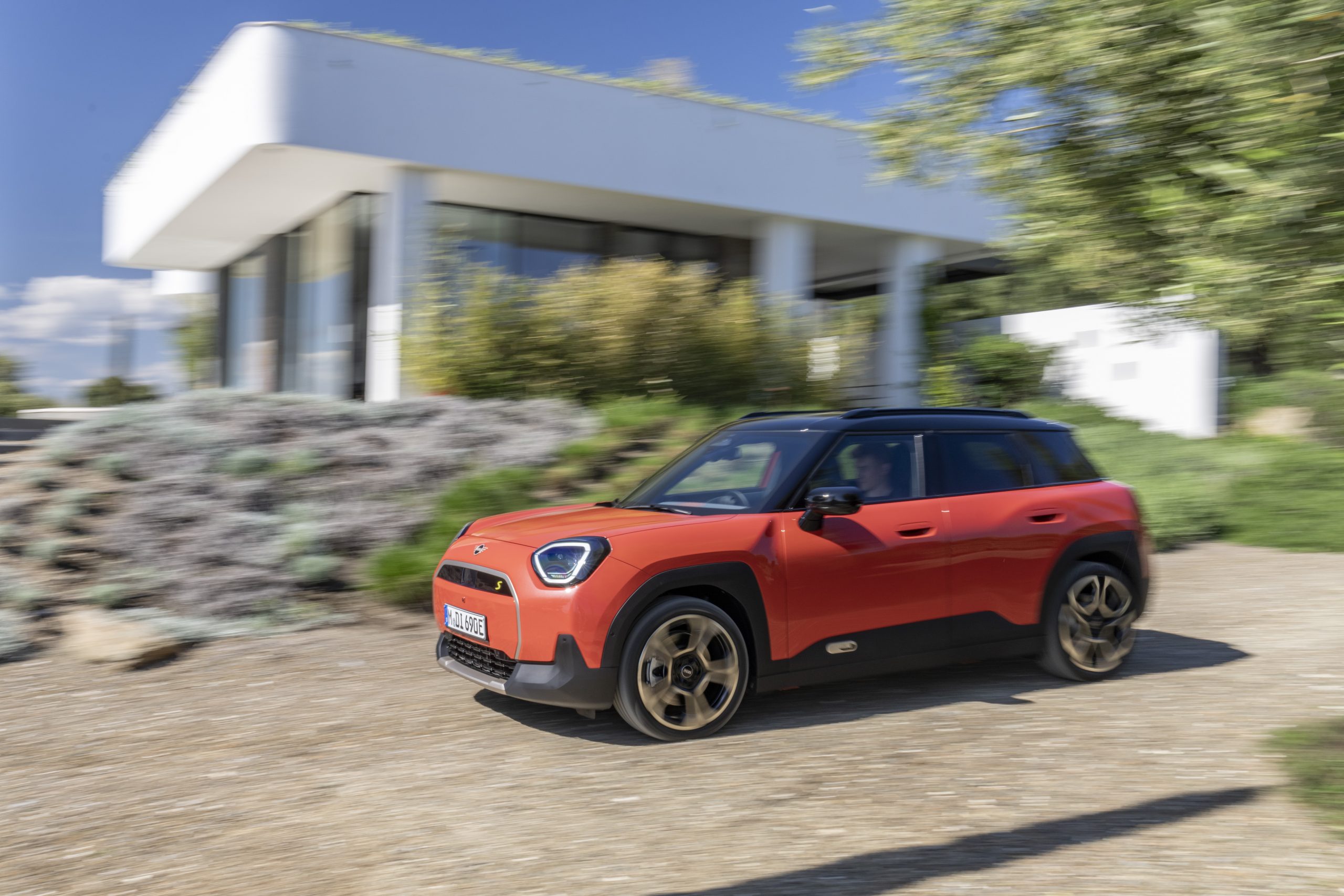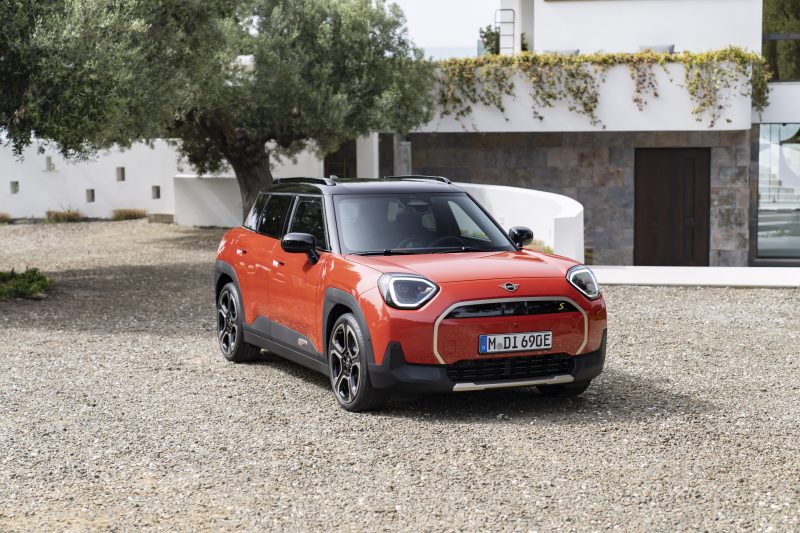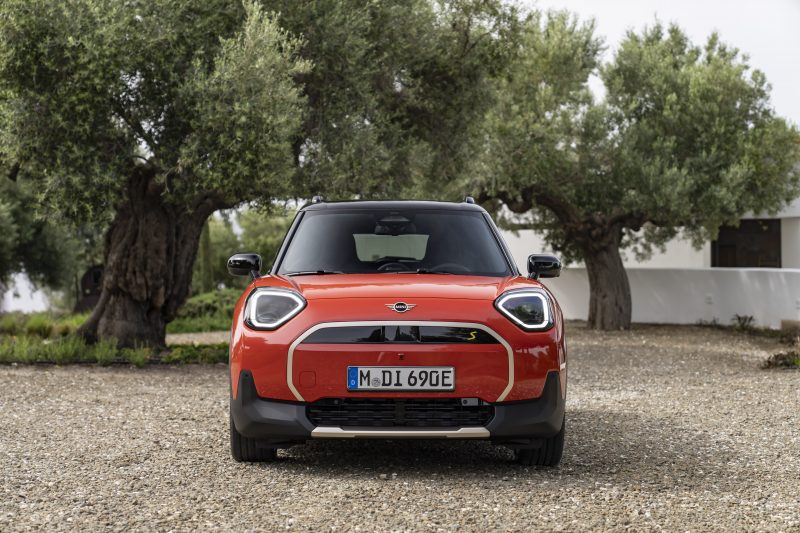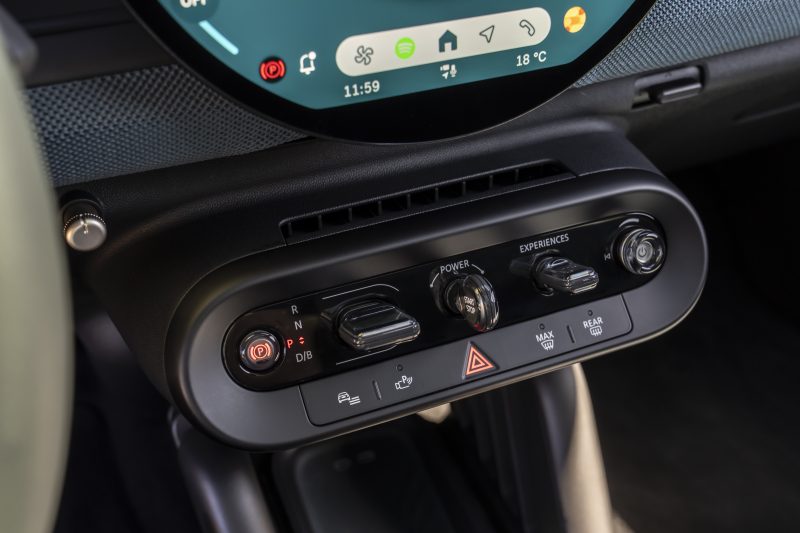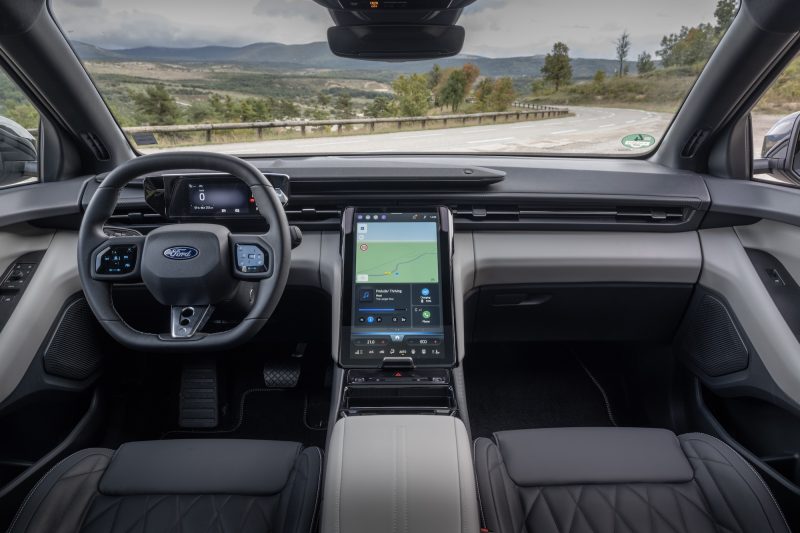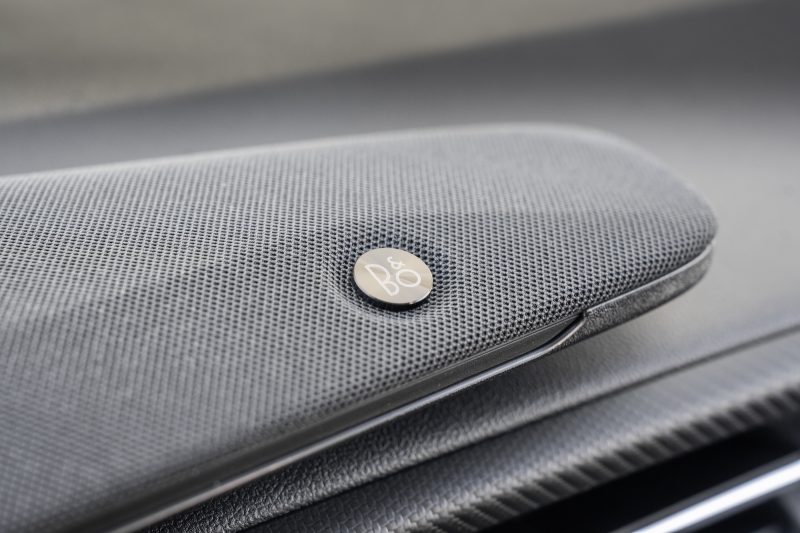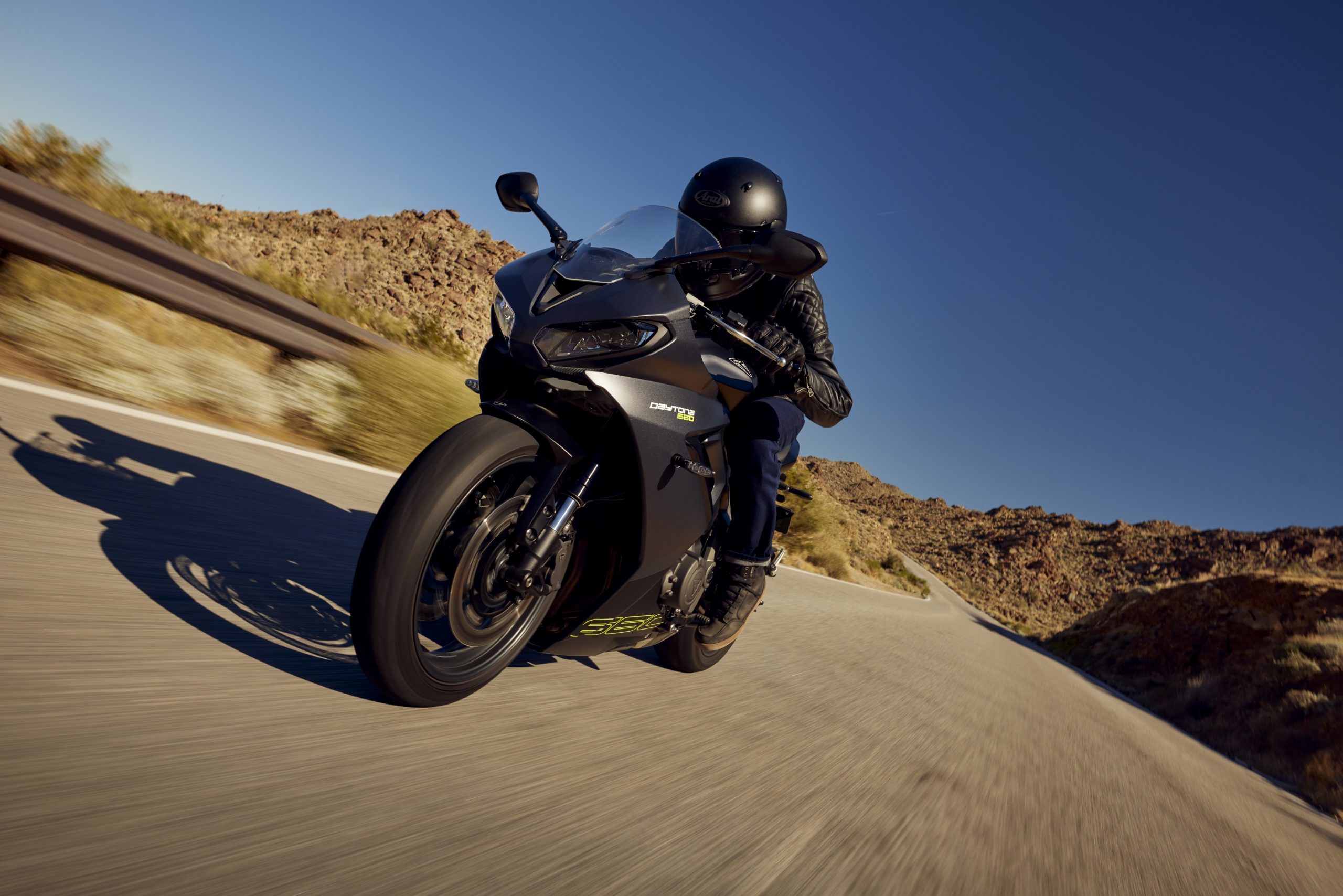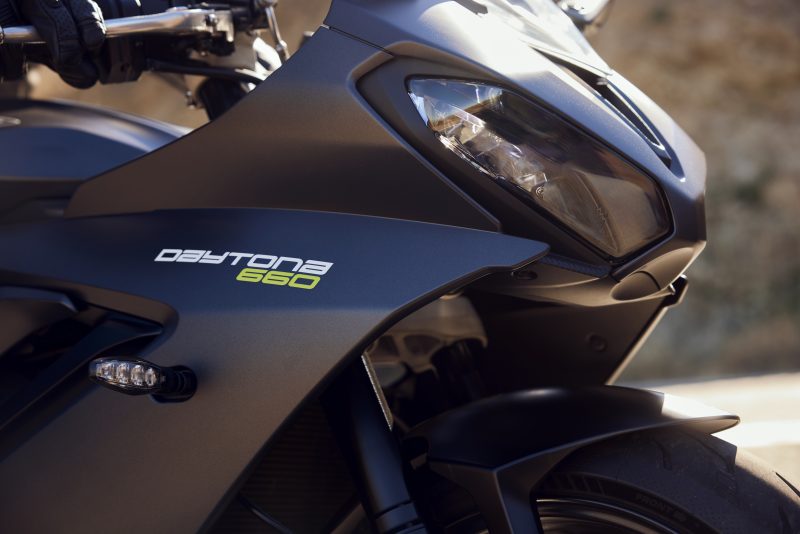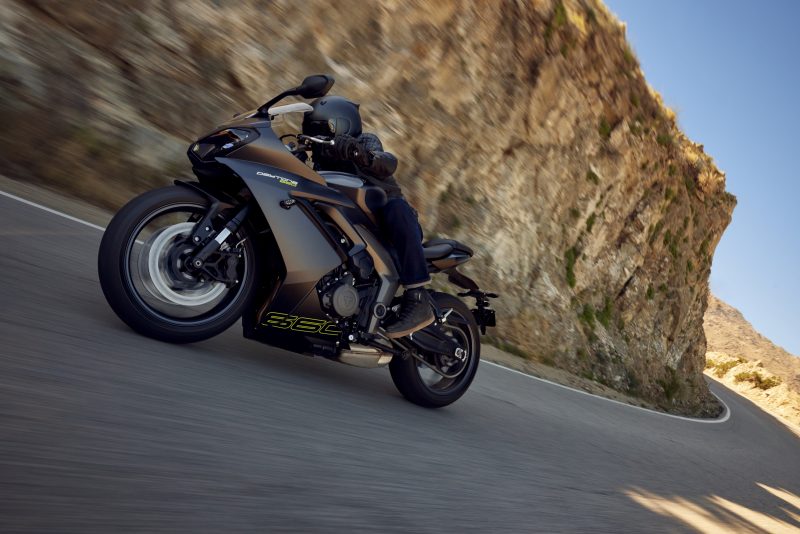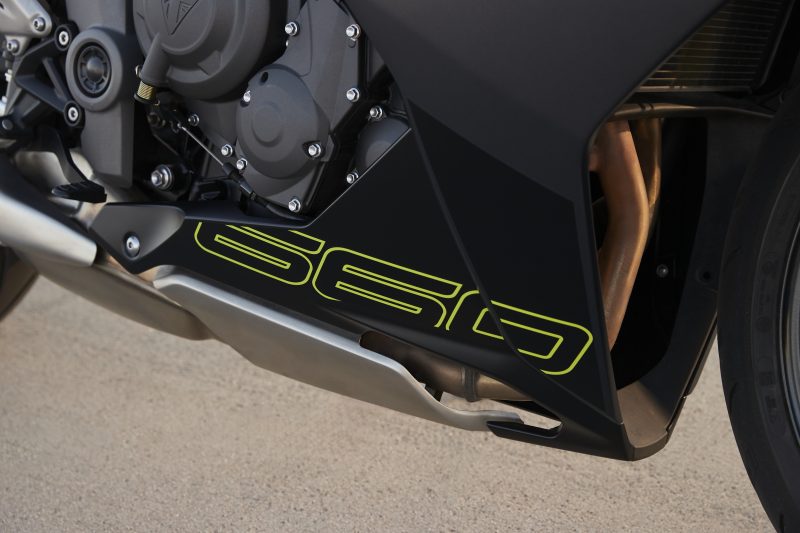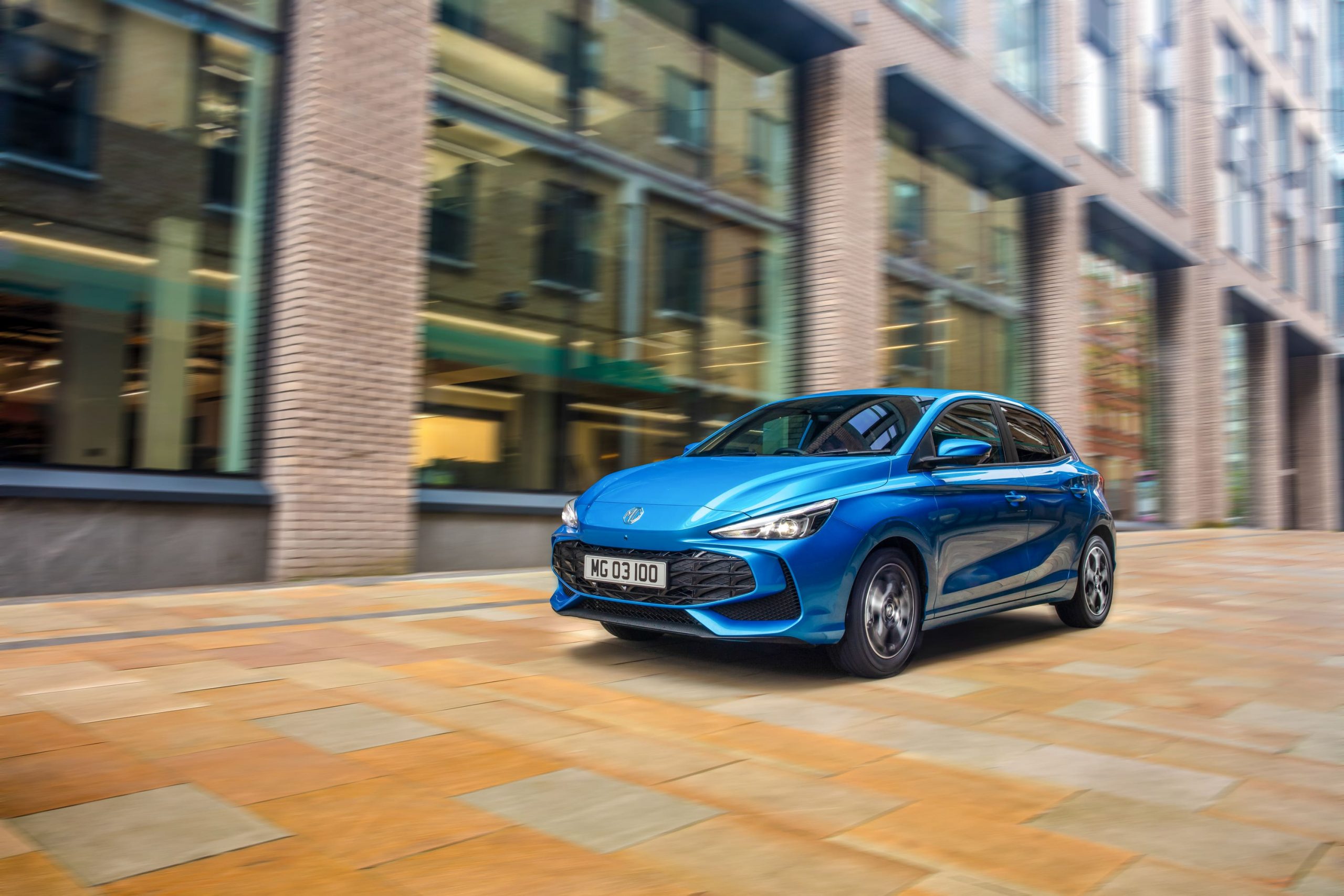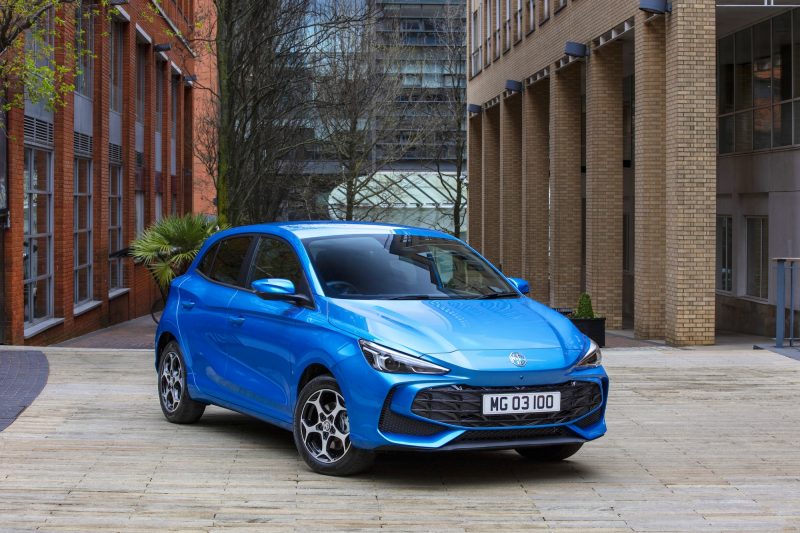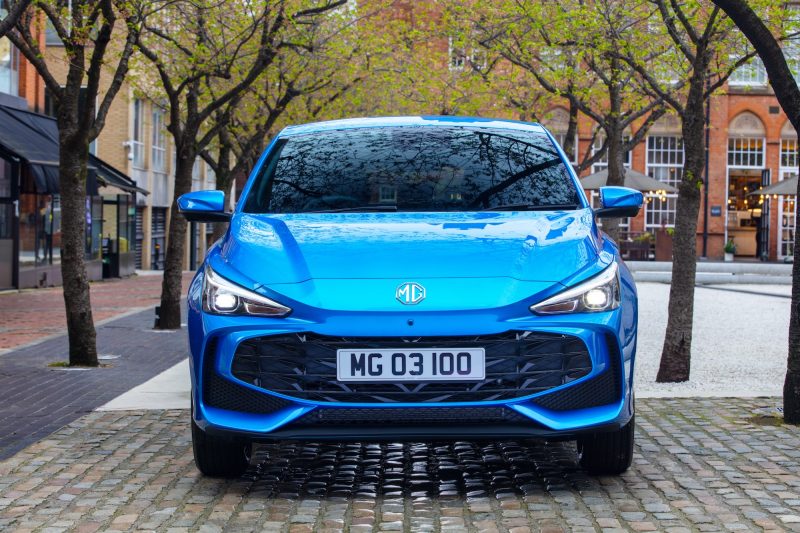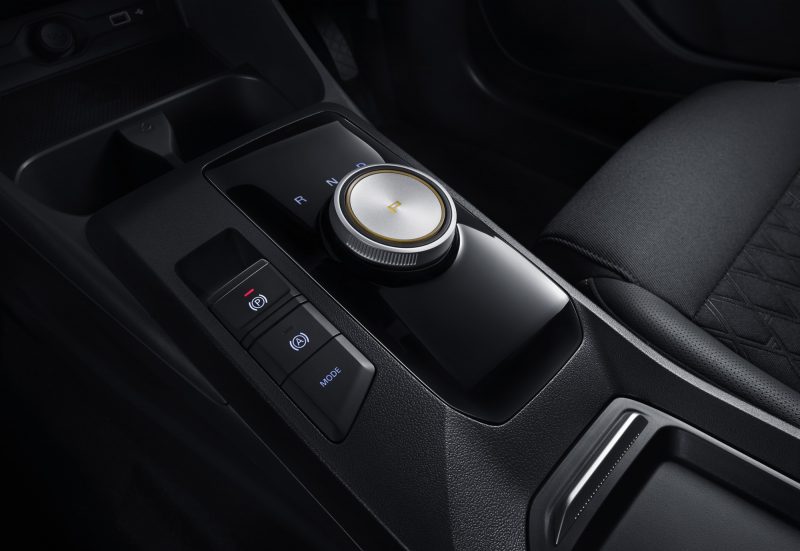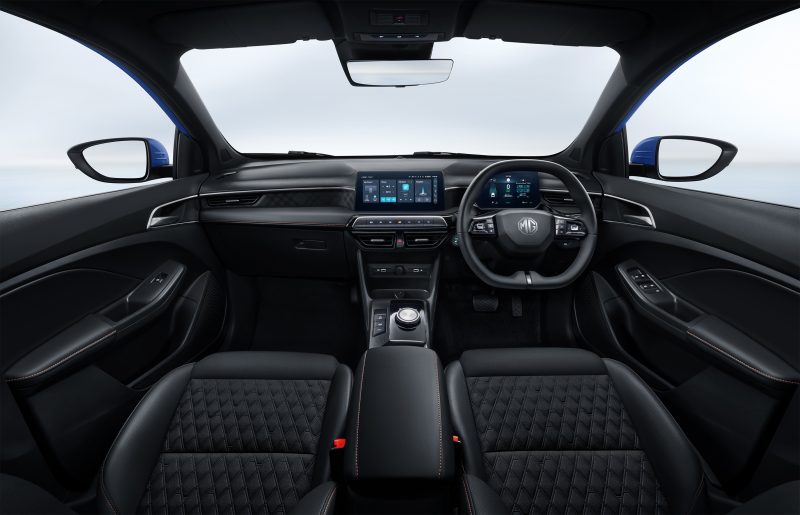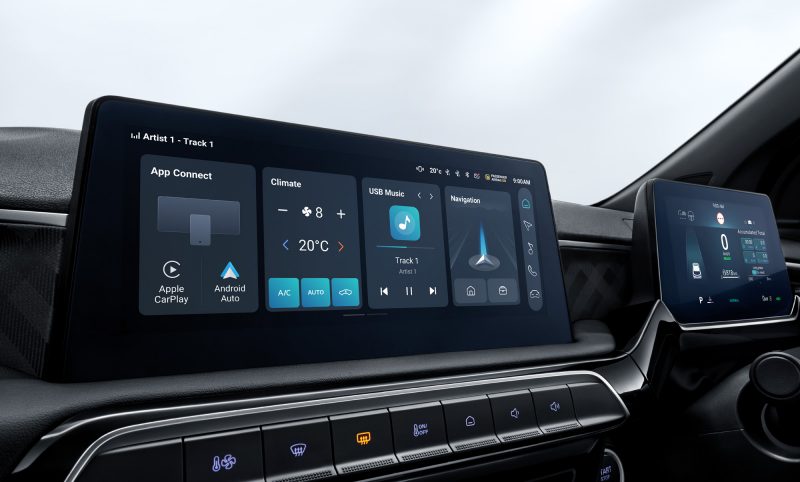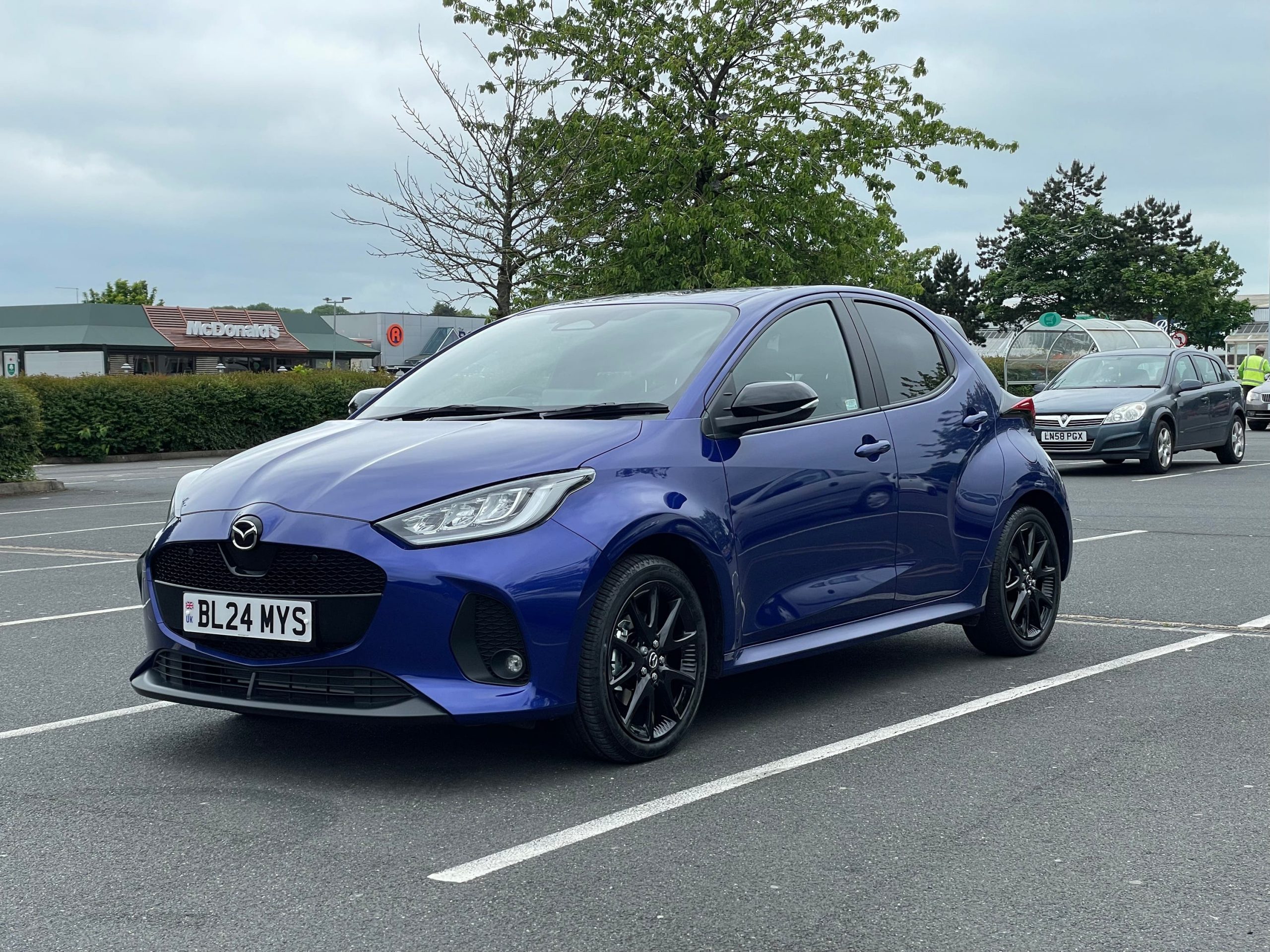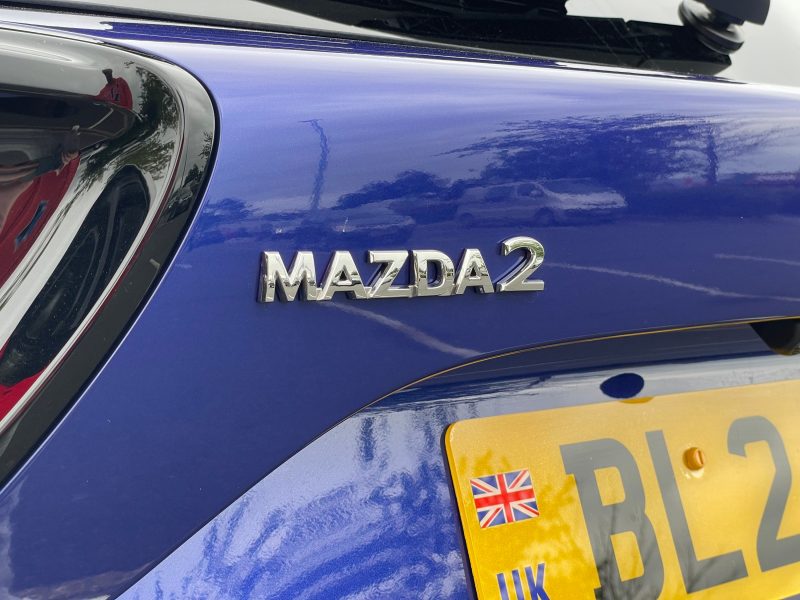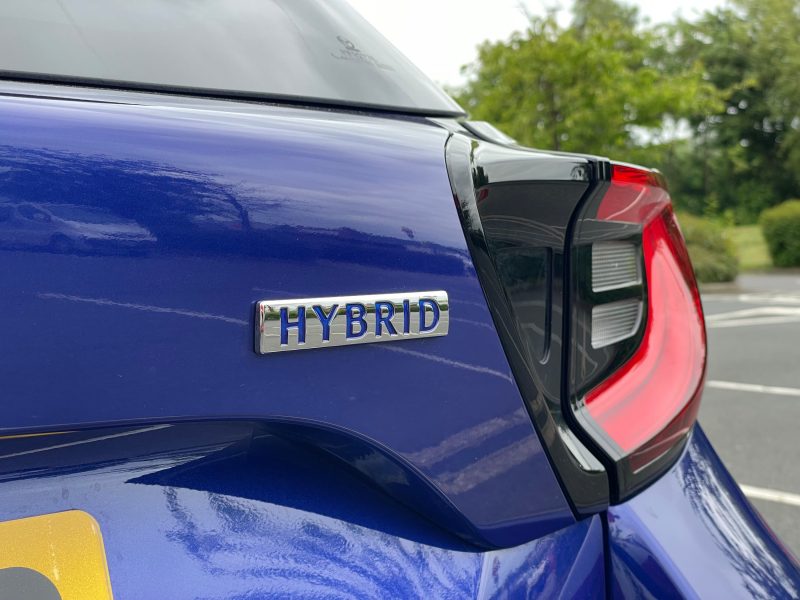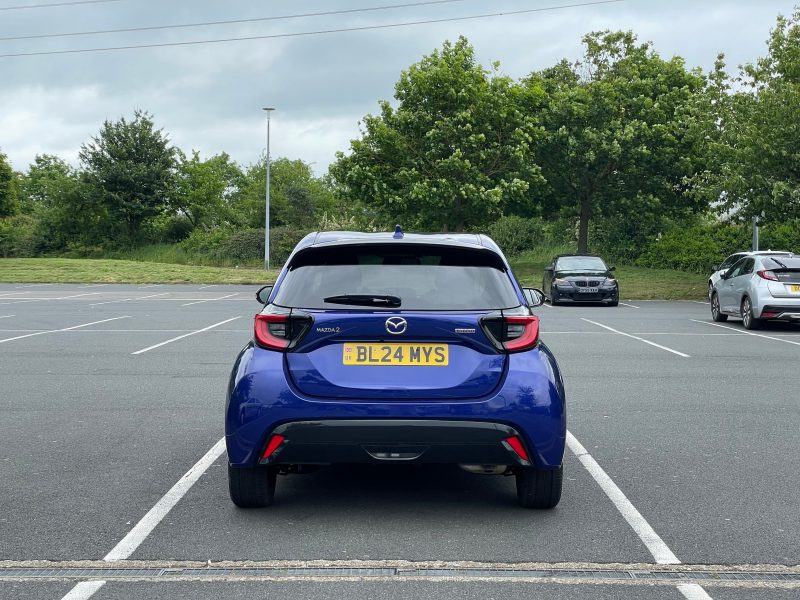This latest model will be sitting on Stellantis’ ‘Smart Car’ Platform, and is completely different to the old Frontera. Cameron Richards reports.
What is it?

The Frontera nameplate hasn’t been used on a Vauxhall since the original car went out of production way back in 2004. Since then, the company has focused on its practical family MPVs and SUVs.
Now that the demand for SUVs has risen even more, and the electric revolution is starting to take shape, Vauxhall has decided to bring back one of its household names and put it on its latest offering to rival the Peugeot 2008, Nissan Qashqai and new Citroen C3 Aircross – of which it shares its platform with.
With prices starting at £23,495, the Frontera is one of the cheapest SUVs on sale with the option of seven-seats for the hybrid and undercuts the competition from the likes of Peugeot and Nissan.
What’s new?
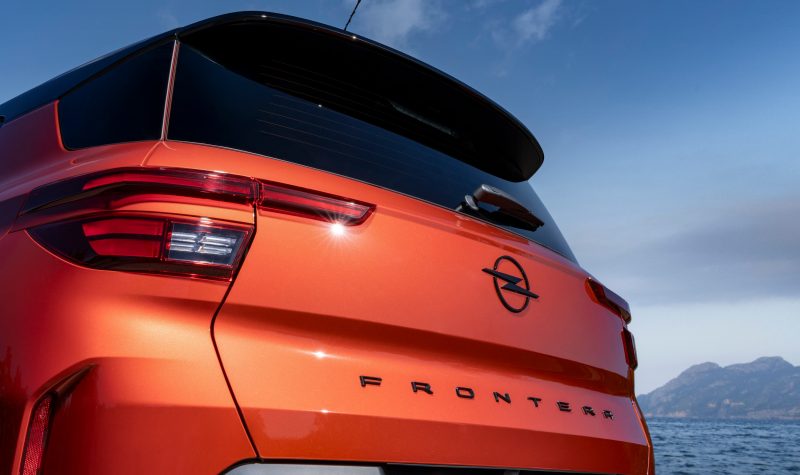
Though there’s nothing new about its name, the latest Frontera does sit on Stellantis’ ‘Smart Car’ Platform, which is also shared with Citroen’s new C3 Aircross and Fiat Grande Panda.
This new model will replace the outgoing Crossland SUV in the firm’s line-up and will sit between the smaller Mokka and larger Grandland.
Vauxhall now offers every model in its range with a choice of petrol, hybrid and electric power and the Frontera is no different.
The new car utilises Vauxhall’s signature black Vizor front end with a centrally positioned logo, while the interior design includes the firm’s Pure Panel Cockpit with two 10-inch screens.
The Frontera hybrid can also be equipped with an additional two seats for an extra £550, to make it one of the smallest and most affordable seven-seaters on the market.
What’s under the bonnet?
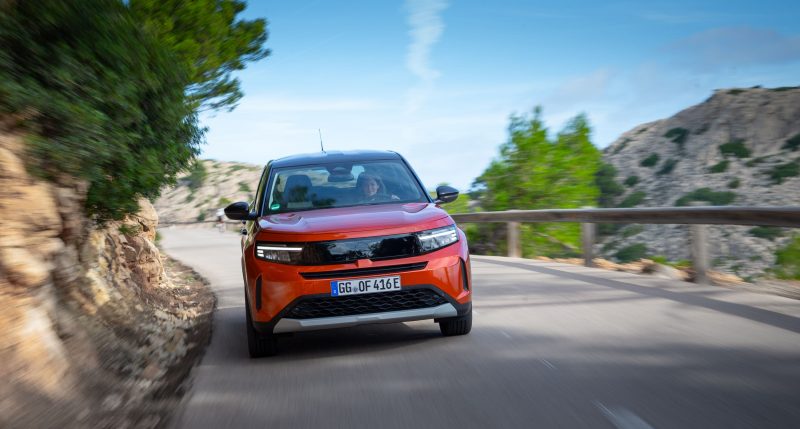
The Frontera will be available with a choice of either a fully electric version or a hybrid model.
The EV variant features a 44kWh battery pack and electric motor that gives a claimed range of up to 186 miles. In terms of performance, the motor produces 114bhp, allowing the car to get from 0-60mph in 11.9 seconds and up to a top speed of 87mph. DC rapid charging of up to 100kW is standard allowing the car to go from a 20 to 80 per cent top up in 26 minutes.
Later down the line, you’ll be able to get the Frontera electric with a Long Range option, which will have a claimed range of 248 miles.
Vauxhall also offers the Frontera with a hybrid powertrain that comes with 48V technology. Available with two power outputs, it gets a 1.2-litre three-cylinder turbocharged petrol with an electric motor that produces either 101bhp or 138bhp.
What’s it like to drive?
The Frontera is another nameplate to make a comeback! Driving impressions will be revealed on the 5th December. pic.twitter.com/YtKROJdCQj
— Cameron Richards (@CamRichards13) December 2, 2024
Small SUVs never feel that special to drive and the Frontera doesn’t differentiate in any shape or form.
Out on the road, the car is relatively refined at speeds except for a bit of tyre roar and it rides rather well over lumps and bumps on the road – making it comfortable on longer trips.
We’re driving the electric version and on a twisty road, the extra weight from its batteries can be felt through the steering with a lot of roll when coming out of the corners. Its acceleration isn’t exactly brisk for an EV and the steering is numb and lacks communication.
Another irritation is the large steering wheel obscures some of the infotainment screen, which is an issue found on its larger sibling, the Grandland. But, at least rear visibility is good thanks to the cut-out C-pillars and large rear windows.
The hybrid version feels a little more lively due to it weighing less than the electric variant and turns into corners better, making it have a slightly more characterful driving dynamics.
Overall, the Frontera doesn’t excel and is only average when it comes to its driving experience, but it will be more than acceptable enough for buyers.
How does it look?
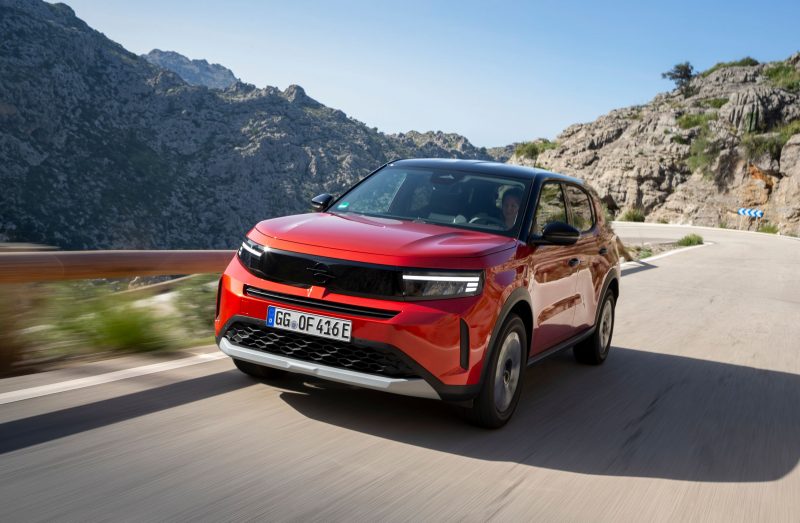
The Frontera features Vauxhall’s latest design language which means that it has the firm’s black Vizor front end and bright Intelli-LED headlights.
Down the side, there is a split C-pillar design and pronounced wheel arches to make the car look bolder and wider.
At the back, the rear tailgate has a curved design to it, as well as featuring model-specific lettering and split rear tail lights.
What’s it like inside?

The dashboard design is similar to other Vauxhall models like the Grandland, and that’s a positive as everything is easy to access thanks to plenty of physical climate control buttons.
The ‘Flex strap’ is located around the front cup holders and is a handy little device that allows you to fasten and secure larger items into the storage area.
Vauxhall claims that the Frontera has a total of up to 23 litres of space inside for storage, including decent sized front door bins and a large centre armrest with a very deep cubby hole located inside.
However, as it’s a cheaper car, the materials used feel cut-price with lots of hard and scratchy plastics everywhere, and the fit and finish in certain areas are a little questionable.
In the back, there is excellent head and legroom for larger adults, due to the boxy design. But, the high floor on the electric version means that your legs rest rather high, making longer journeys less comfortable. However, in the hybrid model, the floor is lower, due to the lack of batteries, meaning the backseats are a lot more accommodating for longer trips. At least there are handy storage pockets on the back of the front seats and the rear doors open rather wide to make it a lot easier to gain access.
Our test car is the five-seater electric model and with the rear seats in place, there is a total of 460 litres of room. But, fold the back seats down – which rest almost flat – and that space jumps to 1,600 litres – which Vauxhall claims is six litres bigger than what you’ll find on the Astra Sports Tourer Electric.
What’s the spec like?
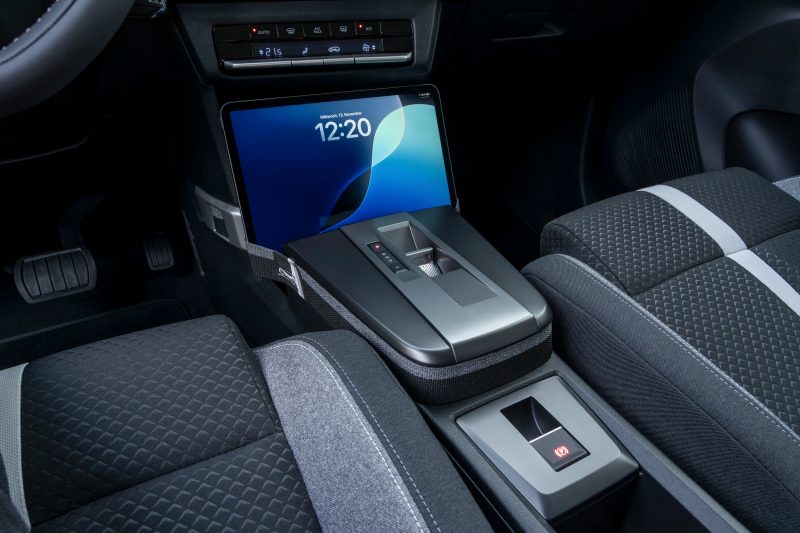
Vauxhall will only offer the Frontera in two flavours. This is to keep prices reasonable and to make it easier for buyers to choose what best suits their lifestyle. The Frontera is also on price parity, meaning you’ll pay the same for either electric or hybrid versions.
The range kicks off at £23,495 for the Design trim and it brings a rear-view camera, rear parking sensors, cruise control, a 10-inch touchscreen, rain-sensing windscreen wipers and a 10-inch digital instrument cluster.
Move up to the GS, which starts at £25,895 and it boasts features such as LED tail lights, 17-inch diamond-cut alloy wheels, a black roof, power folding door mirrors, climate control, rear privacy glass and front parking sensors.
Verdict
The Frontera is a smart move for Vauxhall as it offers a seven-seat family SUV with hybrid power. Or, the EV version will be available with two battery options to suit a number of different buyers and is an affordable entry-point for those wanting to go down the electric route.
It may feel cheap in places and the driving experience is only average. But, its decent boot capacity and handy interior storage along with its price parity with the hybrid and electric versions means that the Frontera is a very sensible choice for young families.
Facts at a glance
- Model as tested: Vauxhall Frontera GS Electric 44kWh
- Price as tested: £25,895
- Engine: 44kWh battery pack with an electric motor
- Power: 111bhp
- Torque: 125Nm
- Top speed: 87mph
- 0-60mph: 11.9 seconds
- MPG: N/A
- CO2 emissions: 0g/km
- Electric range: 186 miles
- Maximum charging speed: 100kW
By Cameron Richards

